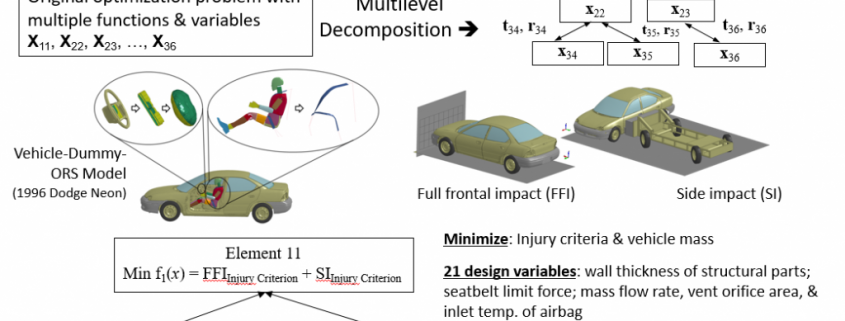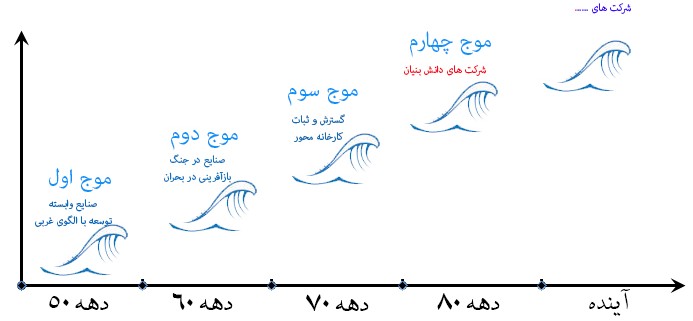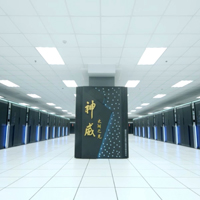ارزش گذاری فناوری
ارزش گذاری فناوری
ارزش گذاری فناوری یکی از اقدامات مهم در مرحله بهره برداری، ارائه محصول یا فناوری به بازار است. برای این موضوع سازمان ها، شرکت ها و صنایع باید به سوالات متعذذی پاسخ دهند که یکی از مهمترین آنها «قیمت» فناوری و محصول است. فروش فناوری نیازمند قیمتی است که از نظر بازار قابل پذیرش بوده و برای تولید کننده ایجاد سود نماید. قیمت گذاری فناوری های جدید از جمله فعالیت های دشوار در بحث تجاری سازی فناوری است، زیرا هنوز محصول مبتنی بر فناوری مورد نظر وارد بازار نشده و با مشکلات پیش بینی نشده ای رو به رو خواهد بود و در نتیجه امکان تغییر قیمت ها زیاد است. روش های متعددی نظیر روش هزینه مبنا، روش بازار مبنا و روش ارزش مبنا، برای قیمت گذاری فناوری وجود دارد که سازمان ها، شرکت ها، صنایع بایستی با بکارگیری آنها ارزش مادی فناوری ها و محصولات خود را تعیین نماید.
طراحی و بهینه سازی چند موضوعی multidisciplinary design optimization
بهینه سازی طراحی چند موضوعیMDO
یک فرآیند مدرن طراحی است که تاثیرات متقابل چندین موضوع مهندسی را به طور همزمان لحاظ می نماید تا جواب های بهتر و اثربخش تری در حین طراحی یک سیستم پیچیده ارائه نماید.
با این کار جواب هایی مطابق نیاز مشتری و در عین حال بهینه در زمان بسیار کوتاه تری نسبت به روش های مرسوم به دست می آید. این روش به طراحان اجازه می دهد تا مطالعات گزینه سنجی را در یک طیف گسترده و با سرعت و عملکرد بسیار بالا انجام دهند. خروجی این روش نوین طراحی، طرح بهینه خواهد بود که برای کارشناسان همه موضوعات دخیل در طراحی سیستم مورد نظر قابل قبول است. این روش در طراحی سیستم های پیچیده هوافضایی نظیر هواپیما، ماهواره و همچنین وسایل حمل نقل نظیر کشتی، قطار، خودرو، طراحی مدارات الکترونیکی، طراحی لوازم خانگی و … نیز به کار گرفته می شود.
روش سنتی که در حل در طراحی سیستم های پیچیده به کار می رود از نوع تکرارهای متوالی می باشد. این روش دارای تعداد زیادی تکرارهای طراحی است و طرح نهایی به شدت به فرض های اولیه در نظر گرفته شده وابسته خواهد بود؛ بنابراین دارای ضمانت لازم برای رسیدن به یک طرح مناسب نیست. بهینه سازی طراحی چند موضوعی با لحاظ کردن اثرات میان موضوعی و همچنین تاکید بر اتوماسیون طراحی، به طراحان اجازه می دهد تا مطالعات طرح های گوناگون را در یک طیف گسترده و با سرعت و راندمان بسیار بالا انجام دهند. خروجی این روش نوین طراحی طرح بهینه ای خواهد بود که برای کارشناسان همه موضوعات قابل قبول است. روش بهینه سازی طراحی چند موضوعی ، چنان که از نام آن مشخص است از دو بخش مجزا تشکیل شده است. بخش اول یا همان بهینه سازی ناظر بر نتیجه طراحی و بخش دوم یعنی چند موضوعی ناظر بر فرآیند طراحی است. این روش طراحی زمان رسیدن به یک طرح قابل تولید مطابق با نیاز مشتری را به شدت کاهش می دهد اما در دنبای پر رقابت امروز اینکه سیستمی طراحی شود که عملکرد ان طابق با خواسته های مشتری باشذ کافی نیست؛ باکه لازم است آن سیستم بهترین باشد. بهترین برای سیستم های مختلف با توجه به ویژگی های آنها متفاوت است. این موضوع و اینکه فرآیند طراحی از یک سو و بهینه سازی یک الزام عددی از سوی دیگر سبب شده طراحی چند موضوعی جایگاه مناسبی در بین طراحان داشته باشد.به طور کلی بهترین سیستم یعنی سیستمی که هزینه کمتر با بازدهی بالاتر ، قابلیت اعتماد بالاتر و نگهداری راحت تر داشته باشد.
در چه زمانی فناوری ها را توسعه دهیم؟
در چه زمانی فناوری ها را توسعه دهیم؟
توسعه فناوری مقدم بر توسعه محصول است. و از طرح های توسعه ای که منوط به توسعه سایر فناوری ها است پرهیز شود. این مهم از طریق تبیین وضعیت مطلوب فناوری ها و نقشه راه آنها بدست می آید.
روش جدید جذب کربن، CO2 را به سنگ زیرزمینی تبدیل می کند
۲۰th June 2016
New method of carbon capture turns CO2 into stone underground
A way of pumping CO2 underground and turning it from a gas into solid carbonate minerals has been demonstrated in Iceland – offering a potentially better method of carbon capture and storage.
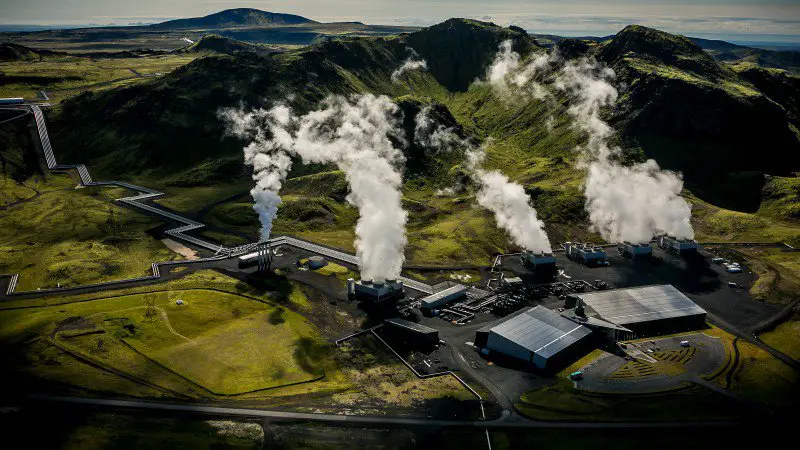
Credit: Árni Sæberg
Scientists have announced a more efficient way of removing man-made carbon dioxide emissions from the atmosphere – turning it into rock. Their study, published in the journal Science, has shown that carbon dioxide (CO2) can be permanently and rapidly locked away from the atmosphere, by injecting it down into volcanic bedrock. The CO2 reacts with the surrounding rock, forming environmentally benign minerals.
Measures to tackle the problem of increasing greenhouse gas emissions and resultant climate change are numerous. One approach is Carbon Capture and Storage (CCS), where CO2 is physically removed from the atmosphere and trapped underground. Geoengineers have long explored the possibility of sealing CO2 gas in voids underground, such as in abandoned oil and gas reservoirs, but these are susceptible to leakage. So attention has now turned to the mineralisation of carbon to permanently dispose of CO2.
Until now, it was thought that this process would take centuries or millennia, and therefore wasn’t a practical option. But the current study – led by the University of Iceland, Columbia University, University of Toulouse and Reykjavik Energy – has demonstrated it can be done in just two years.
Lead author, Dr Juerg Matter, Associate Professor of Geoengineering at the University of Southampton, says: “Our results show that between 95 and 98 per cent of the injected CO2 was mineralised over the period of less than two years, which is amazingly fast.”
The gas was injected into a deep well in Iceland. As a volcanic island, Iceland is made up of 90 per cent basalt, a rock rich in elements such as calcium, magnesium and iron that are required for carbon mineralisation. The CO2 is dissolved in water and carried down the well. On contact with the target storage rocks, at 400-800 metres underground, the solution quickly reacts with surrounding basaltic rock, forming carbonate minerals. The diagram below shows conventional methods of CCS (left) and the new method (right):
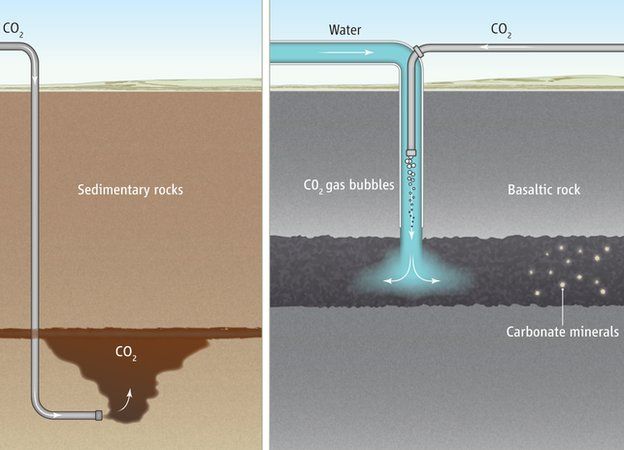
Credit: P Huey/Science/AAAS
“Carbonate minerals do not leak out of the ground – thus, our newly developed method results in permanent and environmentally-friendly storage of CO2 emissions,” says Dr Matter, who also works at Columbia University. “On the other hand, basalt is one of the most common rock types on Earth, potentially providing one of the largest CO2 storage capacities.”
To monitor what was happening underground, the team also injected ‘tracers’, chemical compounds that literally trace the transport path and reactivity of the CO2. There were eight monitoring wells at the study site, where they could test how the chemical composition of the water had changed. The researchers discovered that by the time the groundwater had migrated to the monitoring wells, the concentration of the tracers – and therefore the CO2 – had diminished, indicating that mineralisation had occurred.
“Storing CO2 as carbonate minerals significantly enhances storage security, which should improve public acceptance of Carbon Capture and Storage as a climate change mitigation technology,” says Dr Matter.
However, it will require huge efforts to be scaled up to the level needed to store the gigatons of gases currently being emitted by human activity.
“The overall scale of our study was relatively small. So, the obvious next step for CarbFix is to upscale CO2 storage in basalt. This is currently happening at Reykjavik Energy’s Hellisheidi geothermal power plant, where up to 5,000 tonnes of CO2 per year are captured and stored in a basaltic reservoir.”
The investigation is part of the CarbFix project, a European Commission and U.S. Department of Energy funded programme to develop ways to store anthropogenic CO2 in basaltic rocks through field, laboratory and modelling studies.
The first supercomputer to reach 100 petaflops
The first supercomputer to reach 100 petaflops
China has announced the Sunway TaihuLight – the world’s fastest supercomputer, with a Linpack rating of 93 petaflops and peak performance of 125 petaflops.
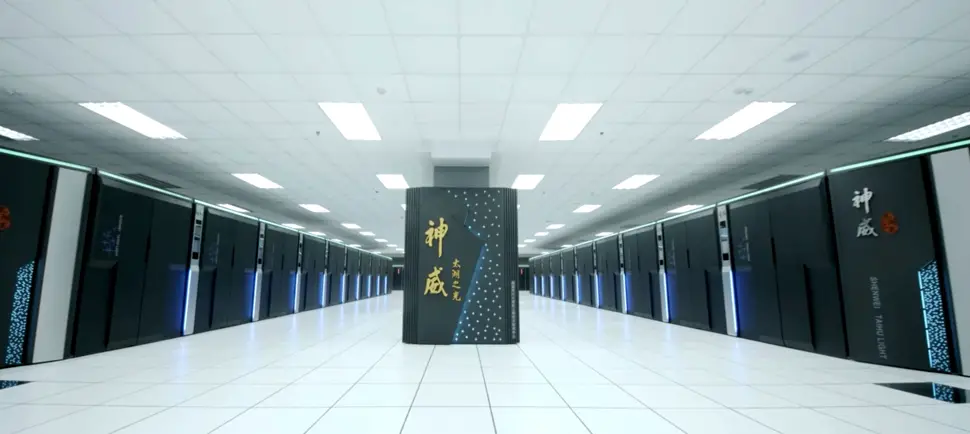
Credit: ©Science China Press
The Sunway TaihuLight is the first system in the world to reach a peak performance of over 100 petaflops (100,000,000,000,000,000 floating point operations per second). It is a completely home-grown machine, designed and operated by the National Supercomputing Centre in Wuxi (NSCC-Wuxi), eastern China.
As the world’s fastest supercomputer, it will contribute to research such as Earth system modelling, ocean surface wave modelling, atomistic simulations, phase-field simulations, hi-tech manufacturing and big data analytics. With advancements in these and other fields, the models that scientists use are becoming increasingly complex, and the temporal and spatial resolutions they require are also increasing rapidly. All of these factors contribute to the demand for exponential improvements in computing power.
The Sunway TaihuLight is three times faster than the previous record holder, Tianhe-2, which ran at 34 petaflops. In fact, it actually surpasses the next five machines on the TOP500 list combined. It has a total of 10.6 million CPU cores and features 1.3 petabytes of RAM. The system is so powerful that it requires about 15 megawatts (MW) of electricity. However, this is actually less than the 17.8 MW needed by Tianhe-2, making it far more energy efficient. The system runs on its own operating system, Raise OS.
“As the first number one system of China that is completely based on home-grown processors, the Sunway TaihuLight system demonstrates the significant progress that China has made in the domain of designing and manufacturing large-scale computation systems,” said director of the NSCC, Prof. Guangwen Yang.
China now has more supercomputers among the world’s top 500 than any other nation. Although lagging behind in the supercomputer race, America is planning to launch a new machine of its own in 2018 called the Summit that should run between 150-300 petaflops. By 2019, experts believe the first exaflop computer may arrive. Longer term, zettaflop and yottaflop machines could arise in the 2030s and 2040s, respectively. If trends continue, a billion human brains could be simulated in real time by the ۲۰۵۰s.


